
Utes dominate Australian roads, but a slew of new battery-electric pickups aren’t coming Down Under.
According to The Federal Chamber of Automotive Industries (FCAI), the 4x4 ute segment topped the new car market share in 2021 (18.1 per cent), with four pickup truck models consistently appearing in the top 10 charts.
Battery-powered utes bring advantages over traditional diesel or petrol guzzlers like vehicle-to-load (V2L) – the ability to power tools and charge devices without depleting the 12-volt battery – more torque in most cases, and lower running costs in the long-run.
Despite this, only EV commercial vans – the Renault Kangoo E-Tech and Ford E-Transit – are slated to arrive this year.
Here’s every electric ute model that should seize the growth opportunity and come to Australia.
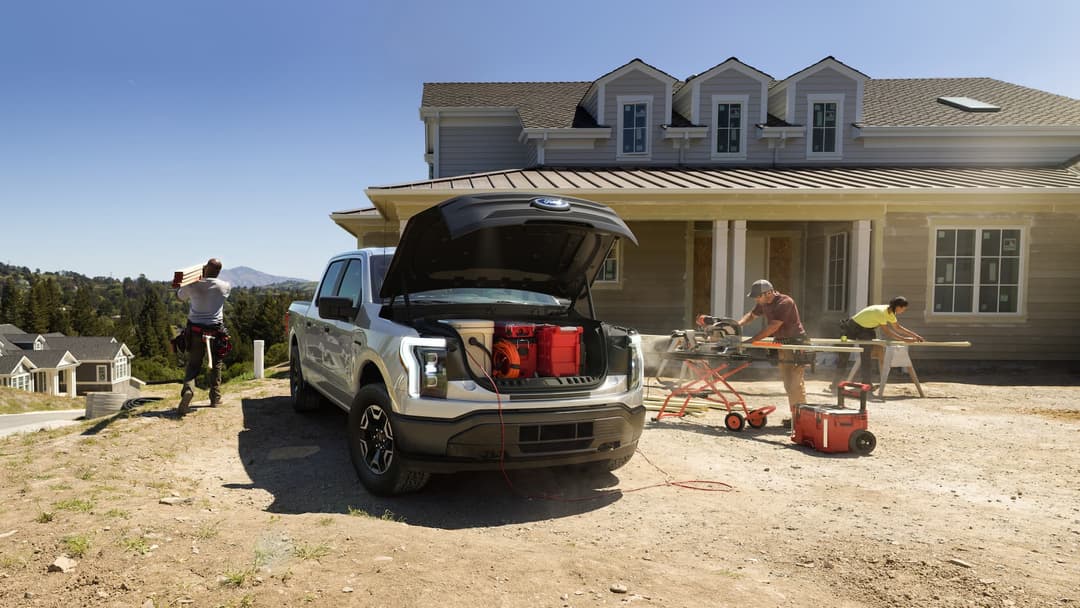
Ford F-150 Lightning
America’s most popular vehicle now has a pure-electric version.
Starting from an affordable US$39,974 (AU$56,400) to US$90,874 (AU$128,200), the Ford F-150 Lightning is available in the USA with four model grades, two battery packs (95kWh and 131kWh usable), and one four-door Supercrew body style.
In its most powerful dual-motor, all-wheel drive configuration, it packs 420kW of power and 1050Nm of torque able to complete the 0-100km/h sprint in just 4.4 seconds, 4500kg towing capacity, and 839kg payload.
Despite being based on internal combustion ladder frame underpinnings, the full-sized truck offers a weather-sealed 400-litre frunk that can be electronically opened and locked, alongside its 1680mm long load bed at the rear.
Additionally, the F-150 Lightning can go up to 480km on the EPA estimated testing cycle, with 150kW DC fast charging, optional 19.2kW AC charging, and vehicle-to-home (V2H) and vehicle-to-load (V2L) capabilities.
This means owners can utilise the truck’s liquid-cooled lithium-ion battery pack to power homes at up to 9.6kW during electricity blackouts. Ford says the backup power supply can last three days with the larger Extended Range Battery or up to 10 days with conservative electricity use.
Upper-spec versions can power tools or charge devices at up to 2.4kW at the frunk and 7.2kW at the rear bed using standard household outlets.
Ford Australia has ruled out bringing the F-150 Lightning here due to the lack of right-hand drive production and high demand in the States, although it is bringing the Ford E-Transit large van later this year.
However, it’s more likely that local specialist import and conversion companies might eventually sell Blue Oval’s pure-electric ute Down Under, as the petrol- and diesel-powered F-150 is a common import model in Australia.
Ford only sells the popular mid-sized Ranger ute here; the all-new 2022 model leaves the door open for a fully-electric guise in the future, too.
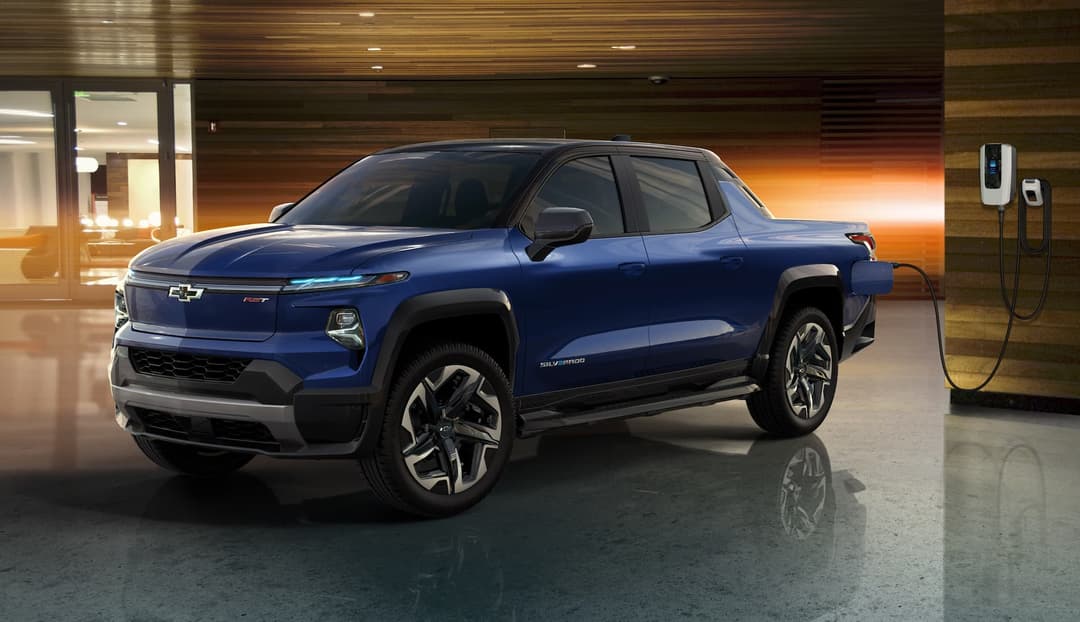
Chevrolet Silverado EV
Unlike Ford’s EV pickup truck, General Motors’ (GM) Chevrolet Silverado EV uses a dedicated electric platform dubbed Ultium that’s able to fit 24 modules of vertically-stacked flat battery cells to yield a sizable 200kWh (usable) capacity.
Available only in a crew cab body, it costs from US$41,595 (AU$58,800) to US$106,695 (AU$150,800).
Launching with a fleet-orientated WT and flagship RST First Edition trims, the latter features dual electric motors outputting 495kW/1058Nm to dash from 0-100km/h in just 4.5 seconds when the Wide Open Watts (WOW) launch control mode is activated.
It offers a 590kg maximum payload, 4536kg of towing capacity, and waterproof frunk able to house a large suitcase, according to the company.
Optional is a Multi-Flex Midgate that eliminates the barrier between the cargo tray and rear row interior to allow through-loading items up to 3.3m long with the seats folded.
The Silverado EV is also available with adaptive air suspension and four-wheel steering to execute tighter turns in the city or off the bitumen.
It has a claimed driving range of up to 645km and supports 350kW DC ultra-rapid fast charging as standard.
An optional PowerBar accessory enables the Silverado EV to act as a V2L workstation, with 10 power outlets making 10.2kWh of total energy combined. It is also capable of charging other EVs as a “last resort” backup.
While deliveries in the USA will begin in the second quarter of 2023, General Motors Specialty Vehicles (GMSV) has not confirmed whether it’ll bring the 2024 Silverado EV to Australia, although it currently sells the petrol-powered Silverado 1500.
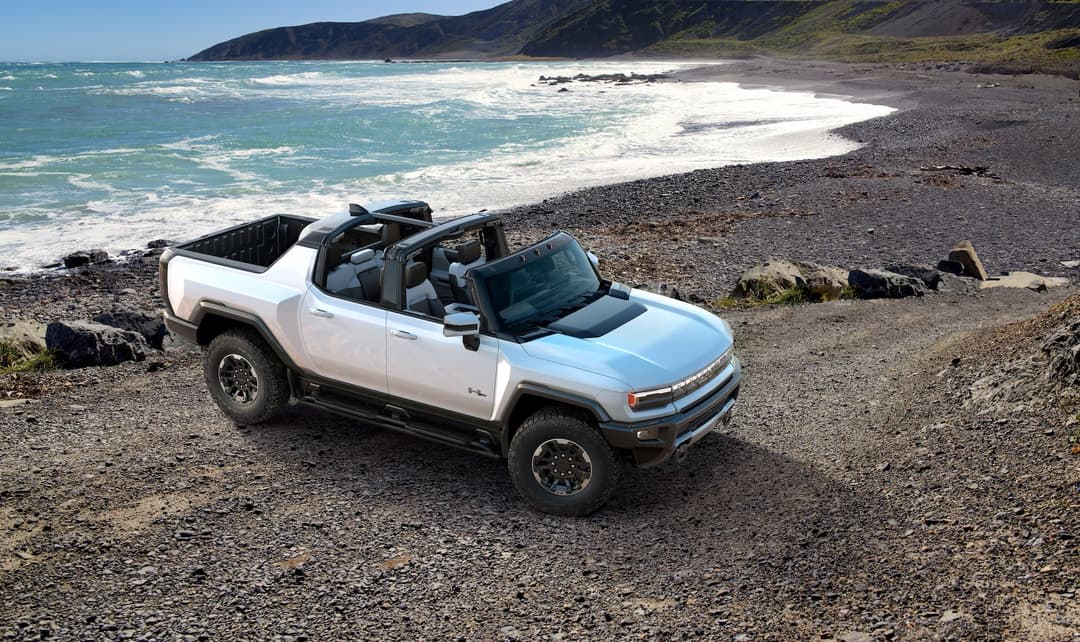
GMC Hummer EV
The legendary fuel-sipping American tank is back, but this time it’s an all-electric luxury offroader.
The GMC Hummer EV is available in pickup or SUV guises and will have three model grades to be released by 2024, priced from US$79,995 (AU$113,00) to US$99,995 (AU$141,300). The American carmaker is now delivering the limited-run Edition 1 model to customers, costing US$112,595 (AU$).
The launch model features three electric motors to output 745kW/15,591Nm – but that torque figure is recorded at the wheel, instead of the more realistic motor torque. It reaches 100km/h in around three seconds.
GM claims a 563km estimated range from its large 200kWh (usable) battery pack, up to 350kW ultra-rapid charging at 800-volts, and sub-par 589kg payload and 3401kg max towing capabilities.
The Hummer EV rides on the bespoke Ultium platform, features an Infinity Roof that allows the removal of the glass roof panels which can be stored in the frunk, and four-wheel steering with a CrabWalk function to move the pickup diagonally from a standstill to avoid large rocks while offroad.
Again, GMSV remains coy on whether it plans to bring the reincarnated Hummer EV Down Under.
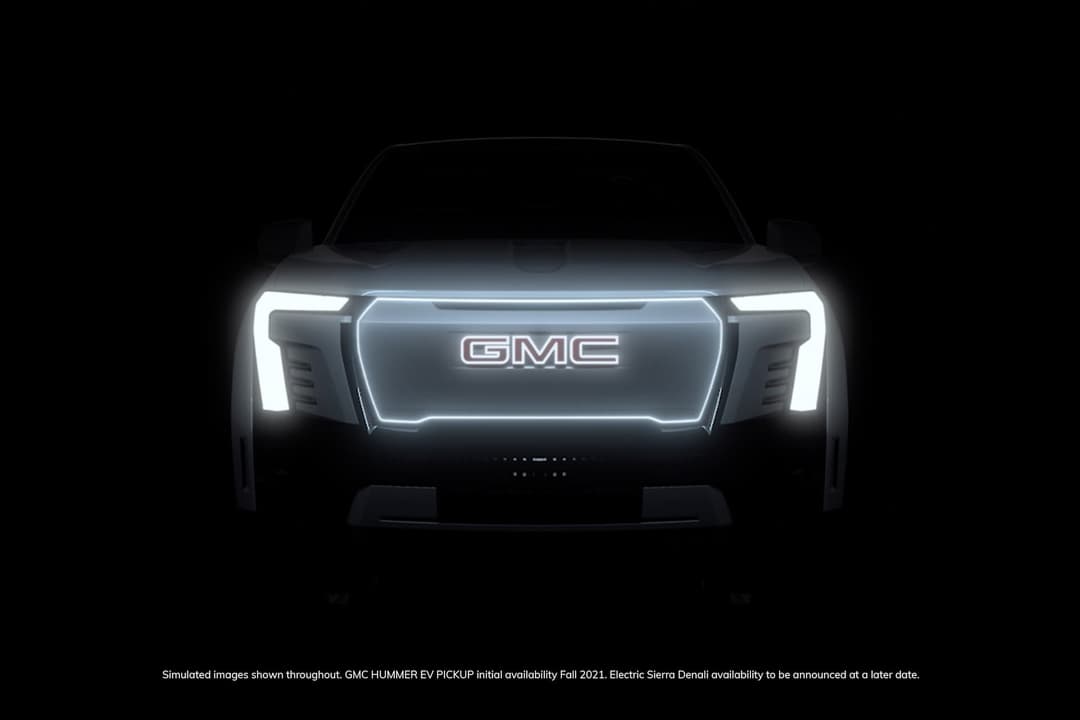
GMC Sierra EV
GM continues its EV offensive with the GMC Sierra EV set to debut within the first half of 2022.
Based on the Ultium EV architecture, it’ll share a similar range and features with the similarly-sized Chevrolet Silverado EV and bigger GMC Hummer EV cousin.
That includes a closed-off front, around 640km of driving range, and V2L capabilities. It’s unlikely that it’ll make it here, besides from specialty import companies.
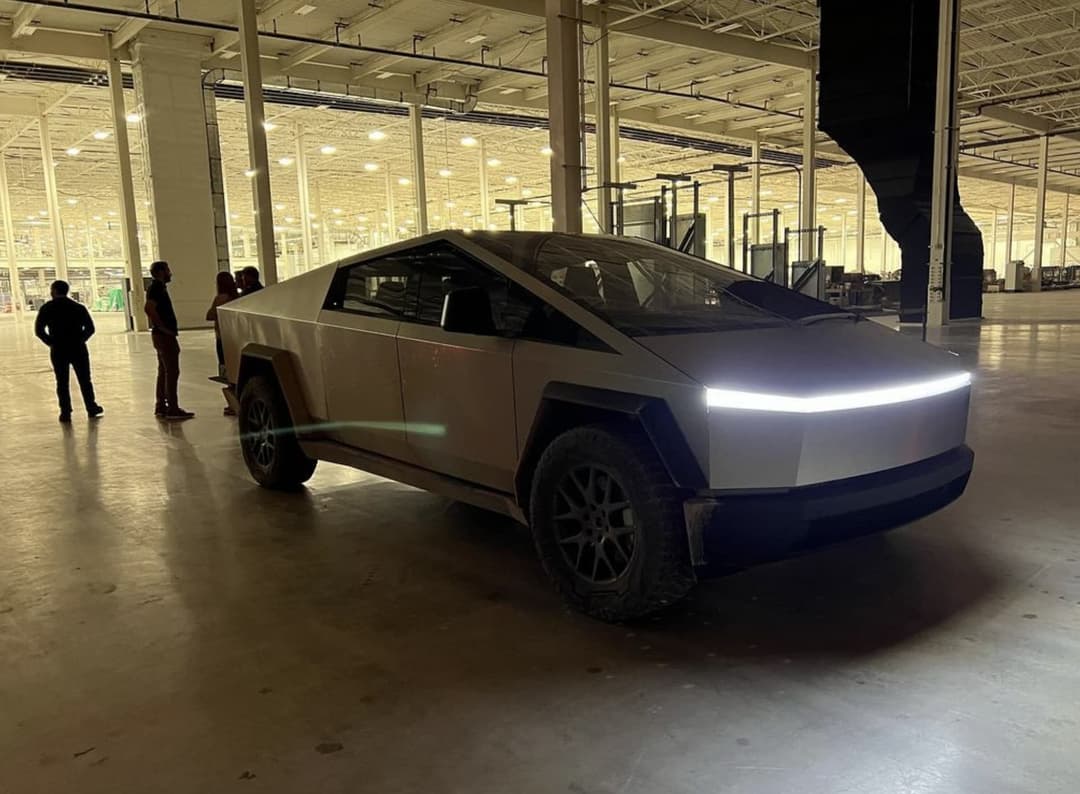
Pictured: Tesla Cybertruck prototype, courtesy Joe Rogan via Instagram
Tesla Cybertruck
The hotly anticipated, yet polarising Tesla Cybertruck is “hopefully” going into production in 2023 according to CEO Elon Musk. That’s largely due to difficulties making the now three-year-old concept ready for the road by abiding to vehicle design and safety regulations.
Recent images of prototype examples reveal production-ready tyres with a thicker sidewall, bluff wing mirrors, a single wiper blade, and a thicker full-width LED light bar – but holds true to its concept revealed in 2019.
Unlike traditional pickups, the Tesla Cybertruck has a unique spaceship-like silhouette made from Ultra-Hard 30X Cold-Rolled stainless-steel, with Tesla Armour Glass, and up to 6350kg of towing capacity.
Pricing was slated from US$39,900 (AU$56,400) to US$69,900 (AU$98,800) at the time of unveiling, though they have since been removed from the ordering website, suggesting those price tags are no longer realistic.
When it does release, it’ll be offered in single-, dual-, tri- and quad-motor configurations. When it was announced in 2019, Tesla confirmed the tri-motor model can manage 804km of range and can accelerate to 100km/h in under three seconds.
The electric automaker claims 2830-litres of total cargo capacity that’s lockable, including the load bed, the frunk, and storage behind the side windows.
Of course, it’ll be capable of V2L with integrated 120-volt and 240-volt powerpoints, plus an on-board air compressor.
Tesla will likely stagger its launch with the top-spec quad-motor for its home market first. While Australians can deposit for a Cybertruck online right now, it is unclear whether it’ll ever make it here and pass our strict Australian Design Rules (ADR).
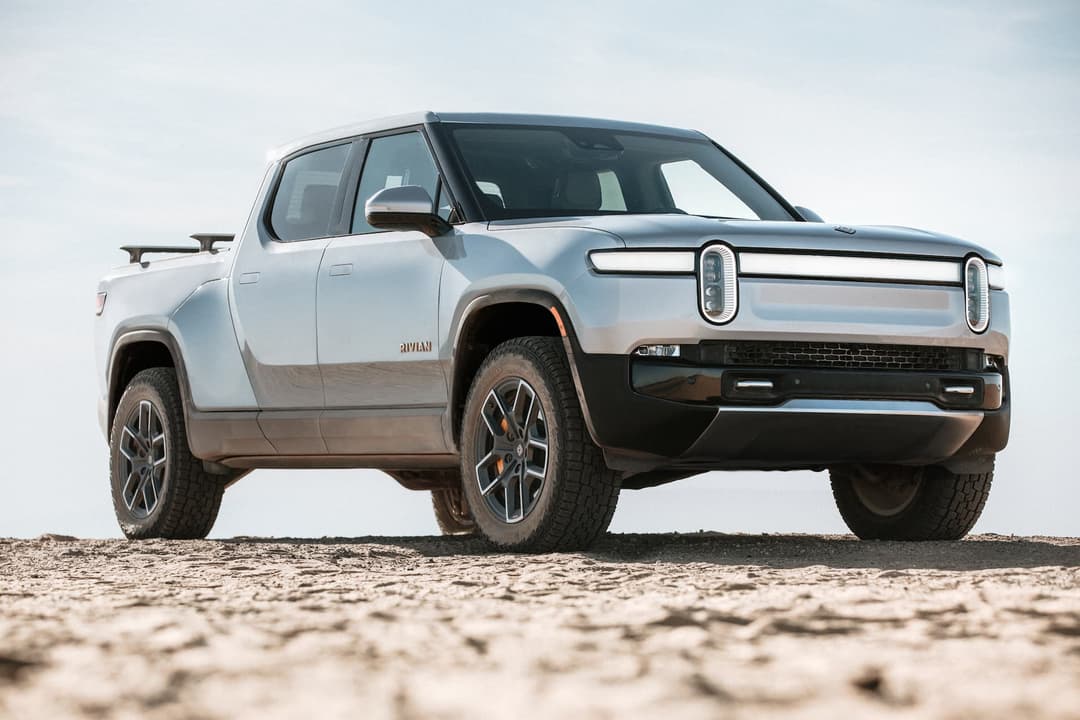
Rivian R1T
American startup Rivian promises to go head-to-head with Jeep and Tesla, starting with the pure-electric R1T pickup truck.
The electric mid-sized ute starts from US$67,500 (AU$95,400) to US$73,000 (AU$103,200). Customer orders are now being fulfilled for the highly-specified Launch Edition in the USA.
With a length more attuned to Australian utes, the R1T it’s available in two trim levels and two battery pack sizes at launch (135kWh and 180kWh) capable of 200kW fast charging, with a smaller battery (105kWh) set to join later.
Rivian claims a projected EPA estimated range of more than 643km on a single charge for the 180kWh ‘Max pack’. The quickest R1T is on the 135kWh ‘Large pack’, producing 562kW/1120Nm good for a 100km/h dash in around three seconds.
Exclusive to the R1T is an optional ‘Gear Tunnel’ to safely store items in a passthrough between the rear wheels and door, V2L capabilities to utilise accessories like the Camp Kitchen attachment, four 120-volt and two 12-volt outlets, electronic frunk, and ‘Tank Turn’ using the quad-motors to drift donuts offroad.
The firm says it can tow more than 4990kg, has a payload capacity of 798kg, and 1755-litres of total cargo space including the 1371mm long tub.
While the new automaker has identified Australia as a possible key market to expand to, it’ll be at least until 2024 or later for any plans to take afoot, as it prioritises fulfilling its 70,000+ pre-orders in North America first.
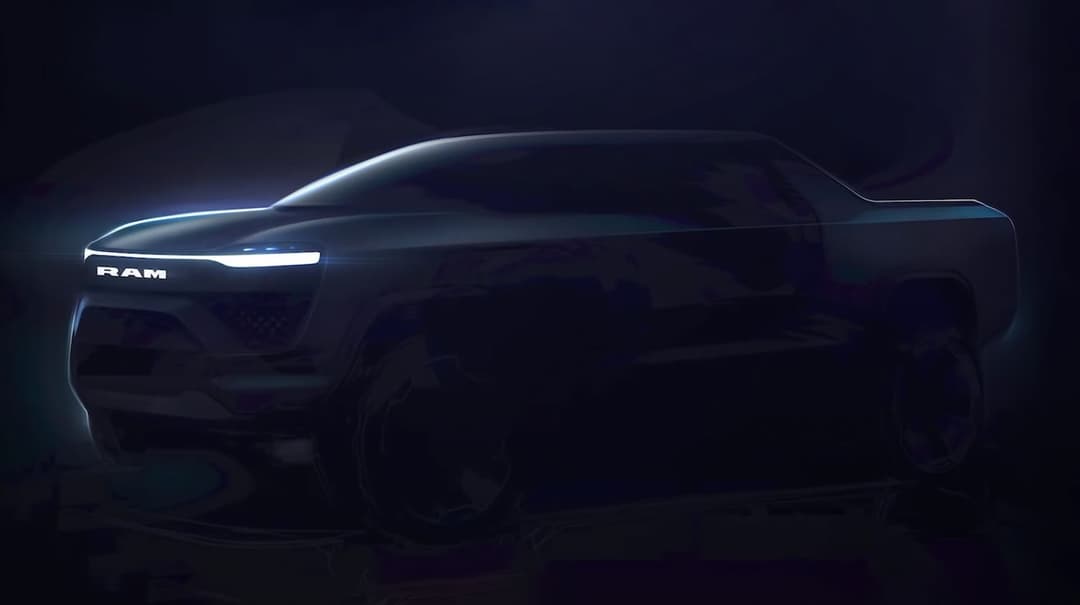
RAM 1500 EV
American truck giant Ram is joining the electric ute party with an all-electric Ram 1500 due in 2024 based on its internal combustion counterpart.
Preliminary details indicate the 1500 EV may offer a driving range of up to 800km, up to 200kWh battery capacity, 150kWh fast charging capabilities, and towing load of more than 4500kg.
A smaller, Toyota Hilux-sized pure-electric Ram ute will also join in 2026 based on Stellantis’ STLA Large electric platform.
Currently, the internal combustion engine Ram 1500 is sold in Australia courtesy of independent distributor Ateco.
Though, it has expressed its interest in selling more electrified light commercial vehicles locally, beginning with the new-generation Renault Kangoo E-Tech light van earmarked from late 2022.
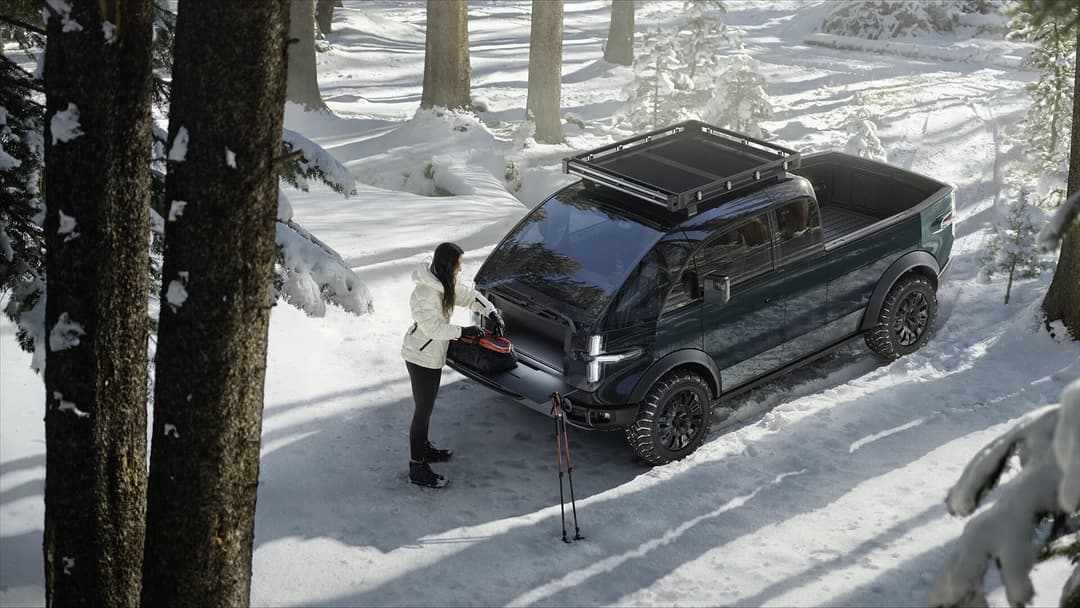
Canoo Pickup
Another new startup vying for the electric commercial vehicle race is Canoo. Founded in 2017 by former employees from the embattled Faraday Future startup, the Canoo Pickup is a van-based zero emissions ute.
While there’s no firm price yet, the Canoo Van – on which it is based – costs from US$34,750 (AU$49,100) to US$49,950 (AU$70,600) for reference.
It’ll be offered in single- and dual-motor options with up to 447kW/745Nm, electric driving range of up to 322km, payload of around 800kg, and approximately a 2000mm long bed.
The company claims it has the payload capacity of a full-sized America truck with physical dimensions of a mid-sized ute and manoeuvrability of a small car.
It also features built-in flip-down table workbenches, a ‘craftsman’ bar frunk, hidden side steps, modular dividers at the bed, camper shell accessories, and an array of V2L household outlets on all sides which is said to only have a 10 per cent or so impact on the ute’s battery range.
Deliveries begin in the USA from 2023, but it isn’t slated for Australia.
Canoo is also working on a ‘Lifestyle Vehicle’ passenger van and ‘Multi-Purpose Delivery Vehicle’ commercial van.
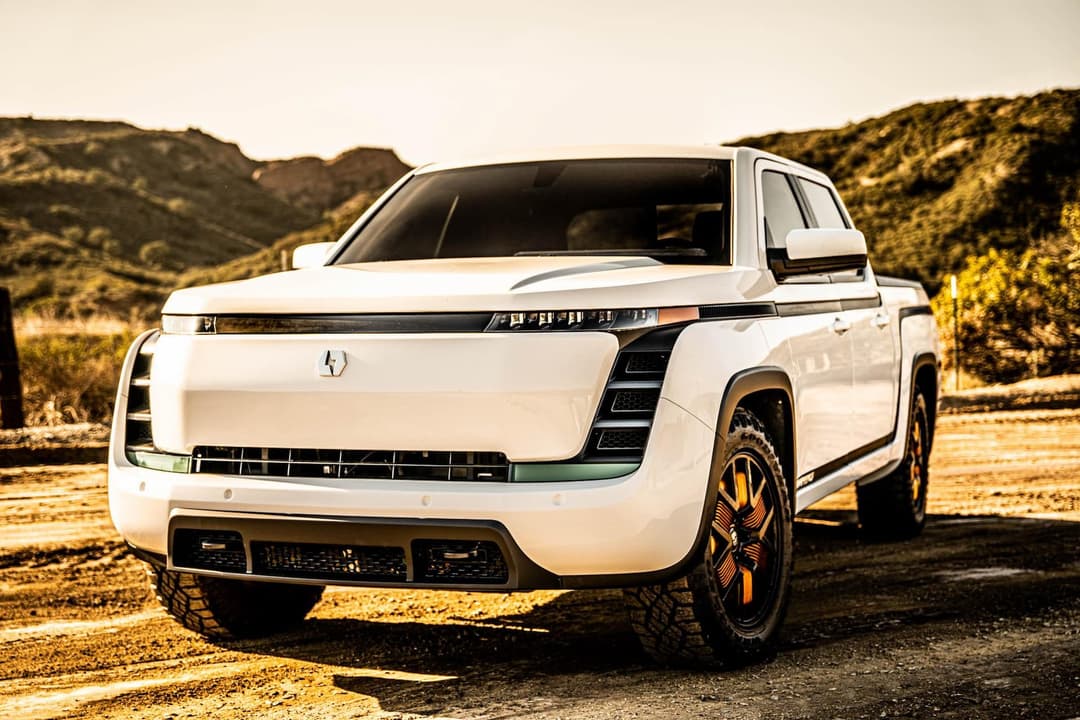
Lordstown Endurance
Despite financial troubles and alleged fabrication of pre-order numbers, GM-backed American startup Lordstown Motors continues to push on with its first vehicle, the Endurance ute.
It’s driven by four hub electric motors outputting 447kW of power directly to each wheel, a range of more than 400km, and towing capacity of 3400kg.
Production of the Lordstown Endurance has been pushed back multiple times to April 2022 after revelations about a lack of confirmed orders and selling its original factory to electronics manufacturer Foxconn.
There are no plans for Australia.
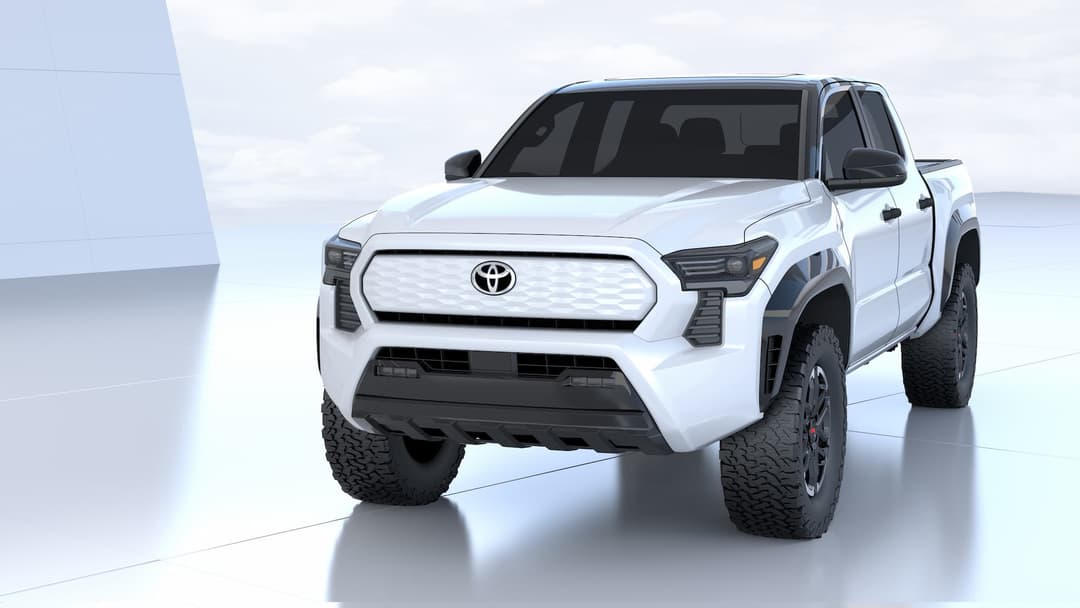
Toyota Hilux/Tacoma EV
Australia’s most popular ute might be getting an all-electric version.
In October 2021, Toyota Motor Corp announced a revised plan to offer 30 battery-electric models globally by 2030 in passenger and commercial segments, plus foregrounded 16 computer-rendered Toyota and Lexus concepts.
One of which was the Pickup EV concept with a similar design with the American-exclusive Toyota Tacoma. Whether it’ll be for Australia is highly uncertain.
But, Toyota Australia is already testing a converted all-electric version of the venerable LandCruiser 70 Series ute for mining work in Western Australia with BHP.
The car giant has only committed to selling a hybrid version of the Toyota Hilux before 2030.
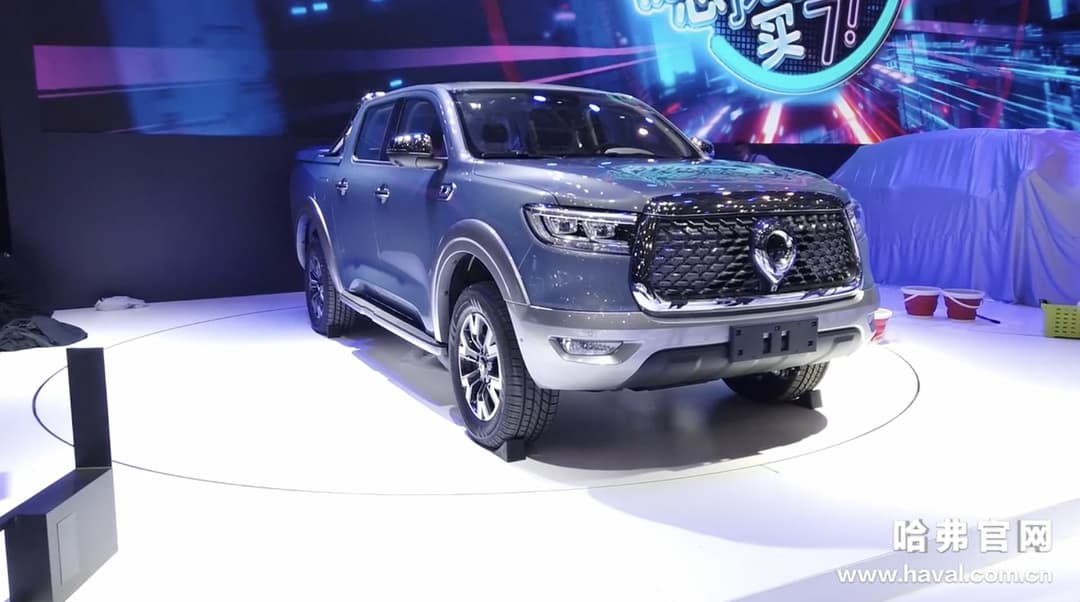
GWM Ute EV
Chinese-made electric cars are going global – and the Great Wall Motors (GWM) Ute Cannon (called Poer in China) could be the first-ever pure-electric ute to be sold in Australia.
The Poer EV concept was unveiled in September 2020, giving a near production-ready glimpse into an electric version of the increasingly popular diesel-powered GWM Ute.
It has the same exterior and interior design, albeit with silver painted cladding and an imposing closed-off grille.
The Chinese conglomerate claims its electric motors can output 150kW/300Nm with a 405km range in its concept form.
GWM Australia has confirmed the full-electric pickup will be available in Australia eventually, alongside a plug-in-hybrid (PHEV) version.
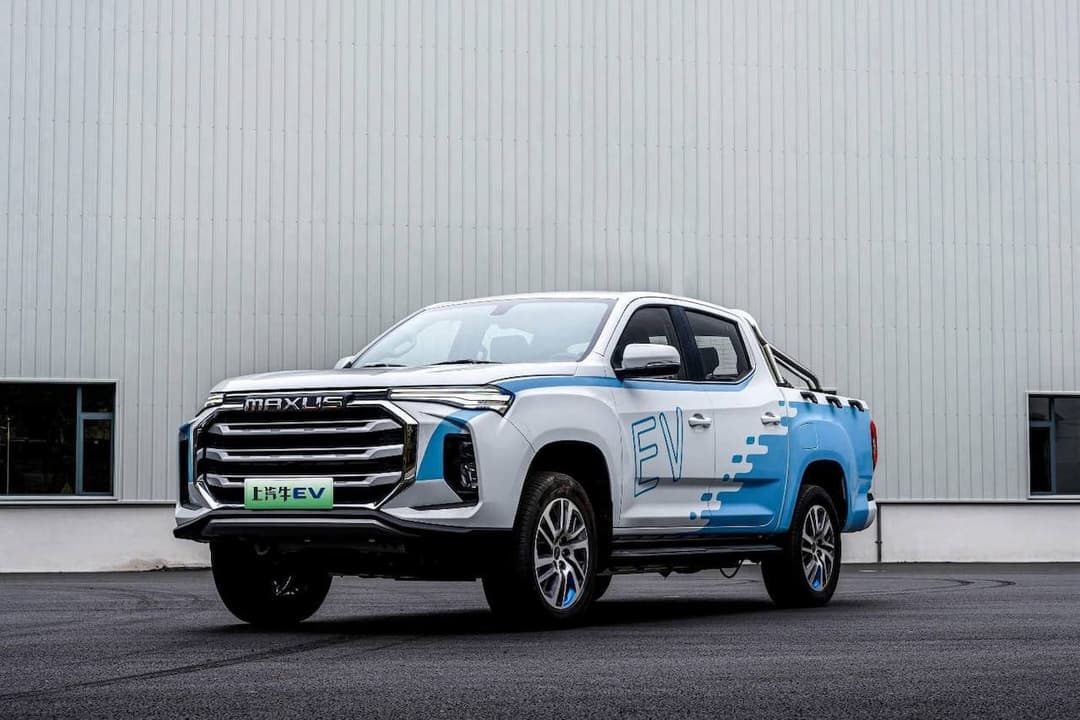
LDV T90 EV
Going head-to-head with the GWM Ute EV could be an all-electric version of its T60 mid-sized ute.
Dubbed the Maxus T90 EV in China, the pickup features a similar design with its diesel-run T60 Max sibling currently sold in Australia.
In its home country, it costs RMB 299,800 (A$66,500).
The brand is producing right-hand drive T90 EVs powered by 130kW/310Nm permanent magnet synchronous electric motors at the rear axle, mated with a 88.5kWh battery pack good for 535km of claimed range on the lenient NEDC testing cycle.
In Australia, the Ateco Group – which is a licenced importer of LDV, Renault, RAM, and more – has expressed its interest in selling more electrified light commercial vehicles locally.
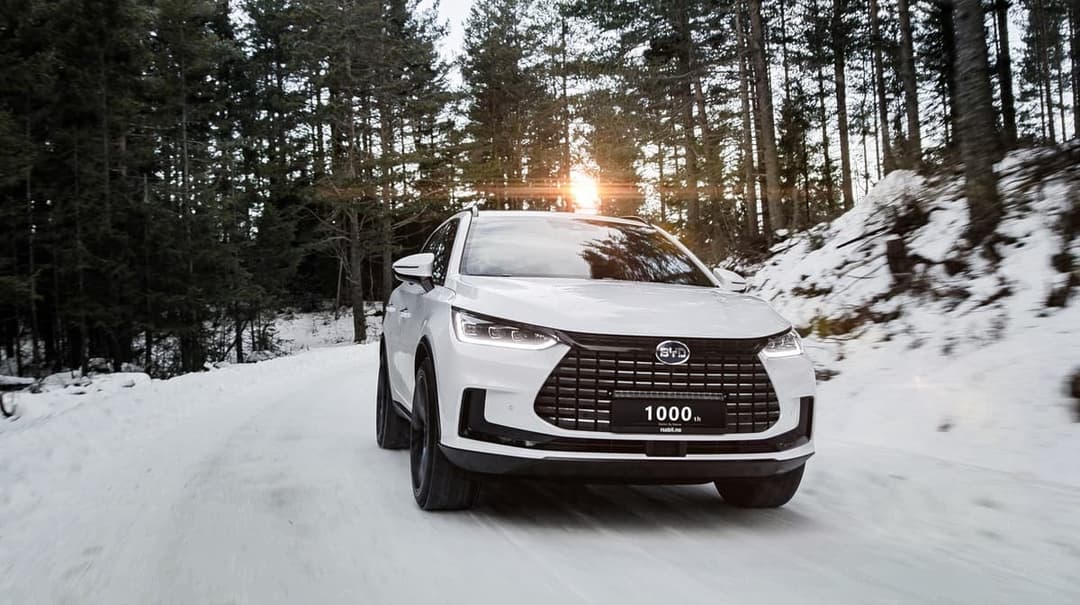
Pictured: BYD Tang EV SUV
BYD EV ute
The Shenzhen-based Build Your Dreams (BYD) auto giant might be just starting to seed in Australia, but Nexport – it’s independent distributor in Australia – has confirmed an all-electric ute is in the works.
While details are still nebulous at the moment, it’s mooted for a 2023 launch, will offer a driving range of at least 450km using BYD’s in-house lithium-ion phosphate (LFP) ‘Blade Battery’, and is considering manufacturing it locally in Moss Vale, south of Sydney.
That’s ambitious, given Nexport has only shipped what’s believed to be 15 examples of the BYD E6 family people mover and 50 examples of T3 light commercial van since its launch in 2021.
Those two sub-$40K EVs have since been discontinued, although it is still accepting enquiries for 2022 models via its EVDirect website.
That’s in addition to multiple delays for its promised four-to-six new electric models, including the BYD EA1 small hatchback and BYD Han flagship sedan. Instead, the distributor says its next model will be the BYD Yuan Plus small SUV, ready from late February 2022.
Figures by Danny Thai
About the author
Stay up to date with the latest EV news
- Get the latest news and update
- New EV model releases
- Get money savings-deal

